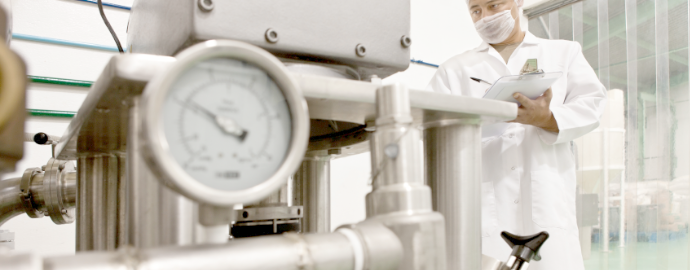Cryogenics

Cryogenic gases such as hydrogen, argon, nitrogen, helium, oxygen, and carbon dioxide are the most commonly transported, manipulated and stored liquid industrial gases used in food and beverage, pharmaceutical and laboratory applications at cryogenic temperature. The rapid expansion of these liquids when they warm and become gaseous means that they can quickly fill a room with a colorless, odorless gas putting people and sites at risk.
Gas Detection Concerns
- Carbon dioxide is both toxic and an asphyxiant
- Nitrogen and helium are asphyxiants
- Oxygen at increased levels can greatly accelerate the burning process
- Hydrogen is highly flammable
- Argon: odorless and colorless, at high concentrations can replace oxygen and become asphyxiant.
